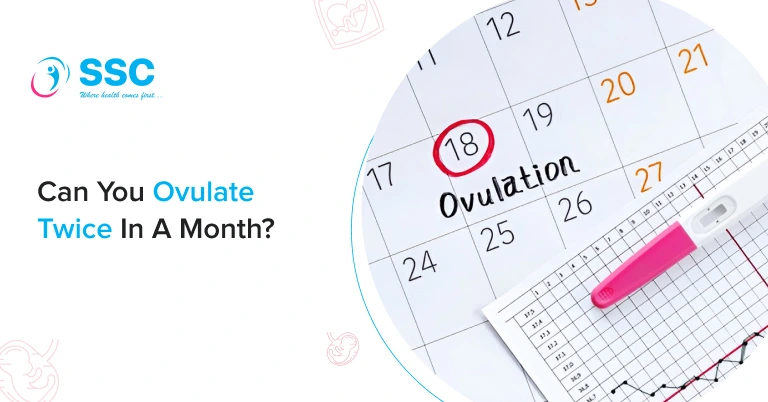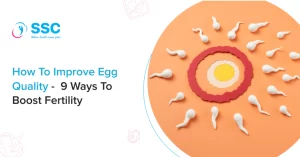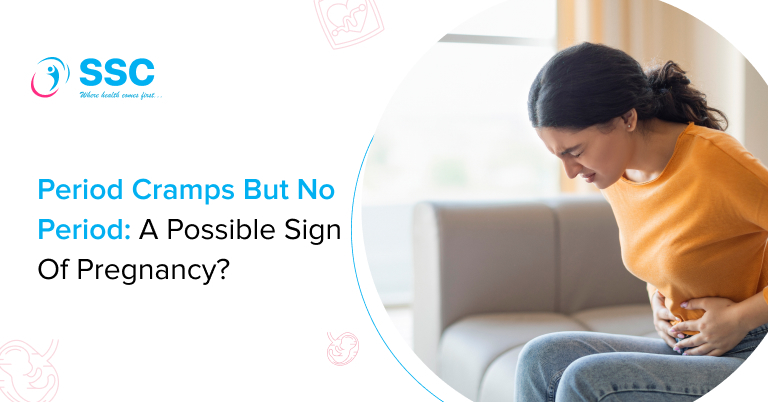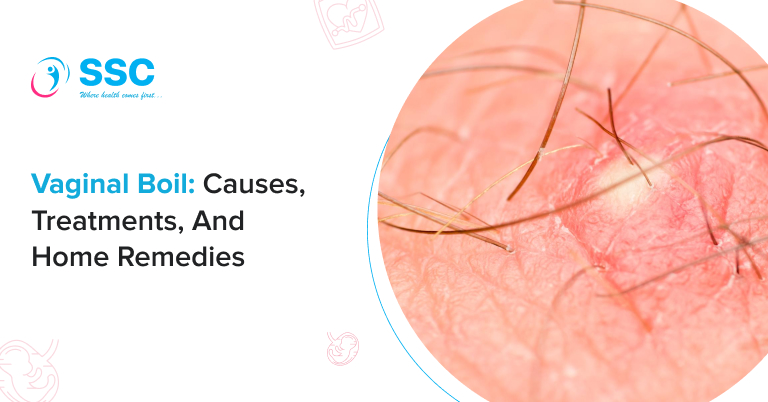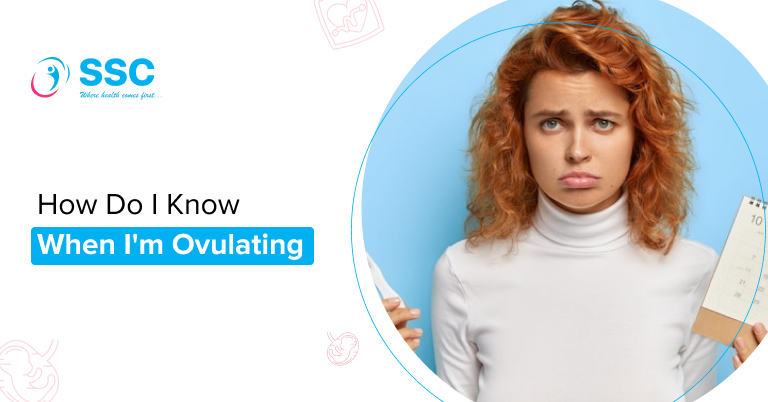Can You Ovulate More Than Once a Month?
Although ovulating twice in a single menstrual cycle is impossible, you might be shocked to learn that you can ovulate twice in a single calendar month if your cycle is shorter.
In this post, we’ll share key facts about ovulation and answer the topic of whether it’s possible to ovulate more than once throughout a menstrual cycle.
What is Ovulation?
Ovulation occurs when a fully matured egg leaves the ovary and passes through the fallopian tube, ready to be fertilized by sperm. A mature egg is released from one of your ovaries every month. Your uterine lining thickens in preparation for a fertilized egg at the same time.
The lining of your uterus is shed during your period if fertilization fails.
In a normal menstrual cycle, usually, one egg is released from an ovary. If your cycle is around 28 days, ovulation typically happens around day 14.
Related: How Do I Know When I’m Ovulating?
Can You Ovulate Twice in a Month?
The answer is a big NO. Ovulation cannot occur twice within a single menstrual cycle. After ovulation, the empty sac that holds the egg in your ovary becomes a gland called the corpus luteum.
This gland starts releasing the hormone progesterone, which stops your body from ovulating again during that cycle. You can only ovulate again after your next period when a new cycle begins.
In other words, the corpus luteum gland, which once contained the egg, releases progesterone to stop the body from ovulating again until the next cycle.
However, if you have a shorter cycle, you will ovulate twice in the same calendar month.
Given that your menstrual cycle is often 28 days or less and calendar months typically last 30 to 31 days, you may ovulate at the start of the month and again at the end, particularly if your cycles are shorter.
How did the Idea of Ovulating Twice a Month Start?
The Journal of Fertility and Sterility published research in July 2003 that examined hormone trends during the menstrual cycle, involving 63 women. The number and maturation of ovarian follicles were the main concerns of the researchers.
According to the study, women did not ovulate more than once every month. Rather, 68% of women had more than one follicular wave during their cycle.
Follicle counts fluctuated; however, this does not imply that there were several ovulations.
According to this study, many women have multiple eggs that mature for release during each cycle. This does not, however, imply that you are ovulating more than once. It means that we may release more eggs than possible.
Another source is ovulation prediction kits, which show positive results repeatedly, where it is only detecting the LH hormone, which surges before you ovulate.
What is Hyperovulation?
When two or more eggs are released, it’s called multiple ovulation or hyperovulation. These eggs are usually released within 24 hours of each other, not days or weeks apart.
If two eggs are released during ovulation and fertilized, you can become pregnant with two babies—non-identical twins.
If just one of the two eggs is fertilized, the other would break down and be absorbed into the body, it will proceed as a single-child pregnancy as a result.
In the case of identical twins, one egg is fertilized and split into two embryos.
Causes of Hyperovulation
Age: Age is a key factor in hyperovulation.
- Teenagers: The follicle-stimulating hormone (FSH) in teenagers may overpower the body’s normal feedback mechanisms due to an underdeveloped endocrine system, which may result in hyperovulation.
- Older women: As a woman’s ovarian reserve decreases at the end of her childbearing years, her FSH levels rise, leading to hyperovulation.
Genetics: Hyperovulation often has a hereditary component. This feature is more common in families with a history of twins, indicating that genetics is a major factor.
Hormonal Birth Control: Stopping hormonal birth control may cause hyperovulation for a short time. The brain may overproduce FSH after hormone regulation stops, increasing the chance of releasing extra eggs.
Polycystic Ovary Syndrome (PCOS): Women with PCOS frequently have hyperovulation as a result of hormonal imbalances induced by high androgen levels. While some cycles have no ovulation, others may produce numerous eggs simultaneously.
Ovulation Induction: Medications used to accelerate ovulation can result in the release of several eggs.
Symptoms of Hyperovulation
Hyperovulation is experienced in the same way that regular ovulation is. Hyperovulation does not frequently cause symptoms. However, similar to ordinary ovulation, it can cause the following symptoms:
- A shift in basal body temperature
- An increase in cervical mucus
- Clear, stretchy discharge resembling egg whites
- Pelvic pain or discomfort
- Breast or chest tenderness
Difference between Ovulation and Hyperovulation
| Ovulation | Hyperovulation |
| This is the normal process by which one egg is released from the ovary each cycle, usually near the middle of the menstrual cycle. It is part of the normal reproductive cycle in women. | This is when more than one egg is released in a single cycle, making several eggs ready for fertilization. It increases the chances of twins or multiple pregnancies. |
Risks of Hyperovulation:
While hyperovulation can enhance the likelihood of conception, it also raises the risk of multiple pregnancies. It can lead to various complications in the following.
- Ovarian Hyperstimulation Syndrome: This disorder causes the ovaries to enlarge, resulting in fluid leaking into the abdomen, causing discomfort and other problems.
- Increased Risk of Multiple Pregnancy: Because several eggs are released, you may be more likely to conceive twins, triplets, or more infants.
- Gestational Diabetes: It causes high blood sugar throughout pregnancy, making it difficult for pregnant women.
- Preeclampsia: It causes elevated blood pressure during pregnancy that can be harmful to both you and your unborn child.
- Miscarriage: There is an increased risk of sudden termination of a pregnancy before the 20th week.
- Premature Birth: Multiple Pregnancies often result in premature birth, where a baby is born before 37 weeks of gestation, causing health defects.
Bottom Line:
In short, you can’t ovulate more than once in a menstrual cycle but can release more than one egg during a single ovulation. If you want to track your ovulation, use an ovulation calculator or consult your gynecologist to understand your cycle better and optimize your chances of conception.

